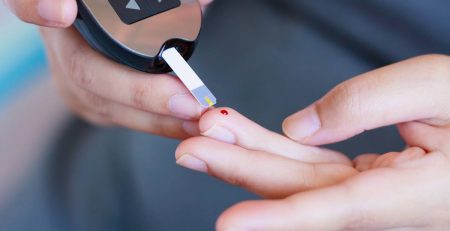Ingrown Toenails
For such a tiny part of your body, an ingrown toenail can certainly pack a punch in terms of pain. Anyone who has had one will tell you how excruciating they can be. So lets have a look at what they are, what causes them, and how they can be treated.
What is an Ingrown Toenail?
An Ingrown Toenail occurs when the corners or edges of the nail grow into the adjacent skin, causing the skin to break. The usually occur in the big toe, and can happen on either side of the nail.
Symptoms
Initially, you may feel pain on pressure – when you press on the nail, or when you wear a shoe that presses on the toe or nail. As the condition progresses, the pain intensifies, and you may feel pain even when your toe is not under pressure. The skin around the area may swell and become red. If an infection develops, which is not unusual, you may notice heat in the area, bleeding and pus.
People with Diabetes or Peripheral Vascular Disease are at particular risk of infection with ingrown toenails and must take great care to have them treated promptly by a professional.
Causes
There are a number of causes that contribute to ingrown toenails:
- Shoes: if your shoes are too tight, short, narrow or shallow in in toe box, the pressure on your toes can cause the nails to grow in. Even socks or tights that are too tight can create a problem.
- Cutting Nails – if you trim your nails too short, or curve the corners this can increase the likelihood of ingrown toenails and infections
- Injury – damage to the nail bed can cause the nail to grow incorrectly
- Structure – some people are born with large or curved nails, or have a genetic predisposition to this painful condition.
Treatment
If you suspect you have an Ingrown Toenail, you should make an appointment to see a Podiatrist as soon as possible, as the condition can escalate quickly. This is particularly important if you have diabetes or circulatory problems due to the risk of complications.
If the ingrown toenail is very mild your Podiatrist may recommend changing to footwear with more room, and bathing your toe in warm salty water several times a day. This may be sufficient to allow the nail to grow out. However, if the problem is more severe, you may require surgery.
Surgery can be conducted under local anaesthetic at the Podiatry clinic. This is called a Partial Nail Avulsion. The podiatrist will remove a section of the nail and its root from the nail bed. Phenol may be used to sterilise the nail bed to ensure the nail does not regenerate. If there are any signs or risk of infection, antibiotics may be prescribed before and after the surgery. Some pain and discomfort may occur after surgery, however this is usually manageable with paracetamol after the anaesthetic has worn off.
Generally, you will need to wear soft shoes or sandals for about a week after surgery and will have to keep the toe clean and dry at all times – Rubber gloves are great for covering the toe when showering. Your Podiatrist will keep a close eye on the healing progress and advise you of the aftercare required at home. Return to activity is dependent on how quickly the toe heals. Your Podiatrist will let you know when you are able to go back to return to activity, particularly those that are water based, such as swimming.
In some rare cases, or if there is nail thickening and distortion, the entire nail may need to be removed. Quite often, this can be done in the podiatry clinic, however difficult cases may need to be done under general anaesthetic in hospital.
Once you have had your Ingrown Toenail removed, there are a number of things you can do to ensure you do not get another:
- Make sure your shoes fit correctly and give your toes plenty of room
- Correct nail cutting technique
- Good foot hygiene will reduce the risks, as fungal infections increase the likelihood of problems
If you think you may have an ingrown toenail, make an appointment today to visit or experienced Podiatrist for an assessment at our conveniently located Baulkham Hills clinic on 9639 7337.



